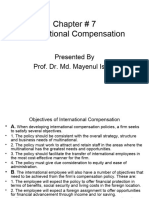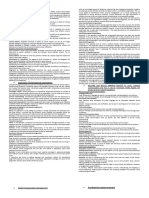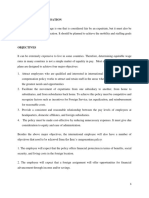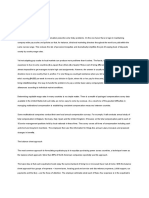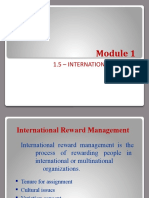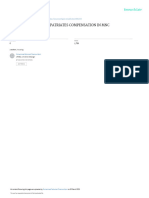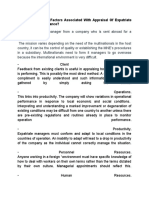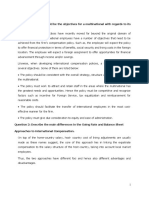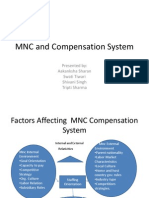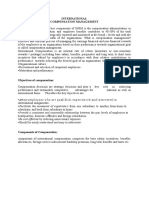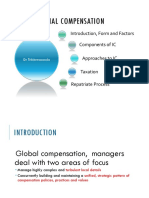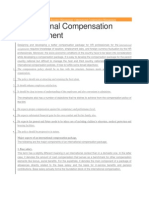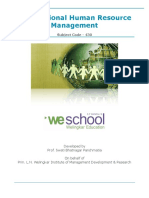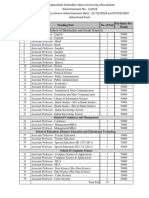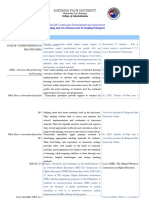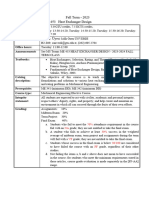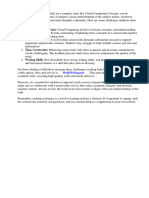0% found this document useful (0 votes)
26 views6 pagesModule 6
The document discusses the importance of international activities for companies to gain competitive advantages, access new markets, and enhance customer loyalty. It emphasizes the need for well-designed international compensation programs that consider local market conditions, legal requirements, and cultural norms to attract and retain talent. The Balance Sheet approach is highlighted as a common method for compensating expatriates, ensuring they maintain their purchasing power and financial stability while working abroad.
Uploaded by
Dwayne The AnkoCopyright
© © All Rights Reserved
We take content rights seriously. If you suspect this is your content, claim it here.
Available Formats
Download as DOCX, PDF, TXT or read online on Scribd
0% found this document useful (0 votes)
26 views6 pagesModule 6
The document discusses the importance of international activities for companies to gain competitive advantages, access new markets, and enhance customer loyalty. It emphasizes the need for well-designed international compensation programs that consider local market conditions, legal requirements, and cultural norms to attract and retain talent. The Balance Sheet approach is highlighted as a common method for compensating expatriates, ensuring they maintain their purchasing power and financial stability while working abroad.
Uploaded by
Dwayne The AnkoCopyright
© © All Rights Reserved
We take content rights seriously. If you suspect this is your content, claim it here.
Available Formats
Download as DOCX, PDF, TXT or read online on Scribd
/ 6





